It turns out that the highest road in the state of Washington can be a nerve racking experience to drive as it is a narrow road built into a cliff face with very steep and long drop offs. Hart’s Pass road, which was built in 1893 to access gold and silver mines is not for the faint of heart. But I needed to drive on the road to reach the final project of the NFF’s Majestic Methow Treasured Landscapes work on the Okanogan-Wenatchee National Forest. It was worth it.
A culvert that is supposed to direct water under Hart’s Pass road from Cache Creek was failing. During heavy rain storms water would overtop the road and wash sediment into the salmon and steelhead spawning areas below in the Methow River. Improving endangered salmon and threatened steelhead habitat is one of the many projects the NFF worked to accomplish with the Forest Service and community partners as part of the NFF’s Treasured Landscape work.
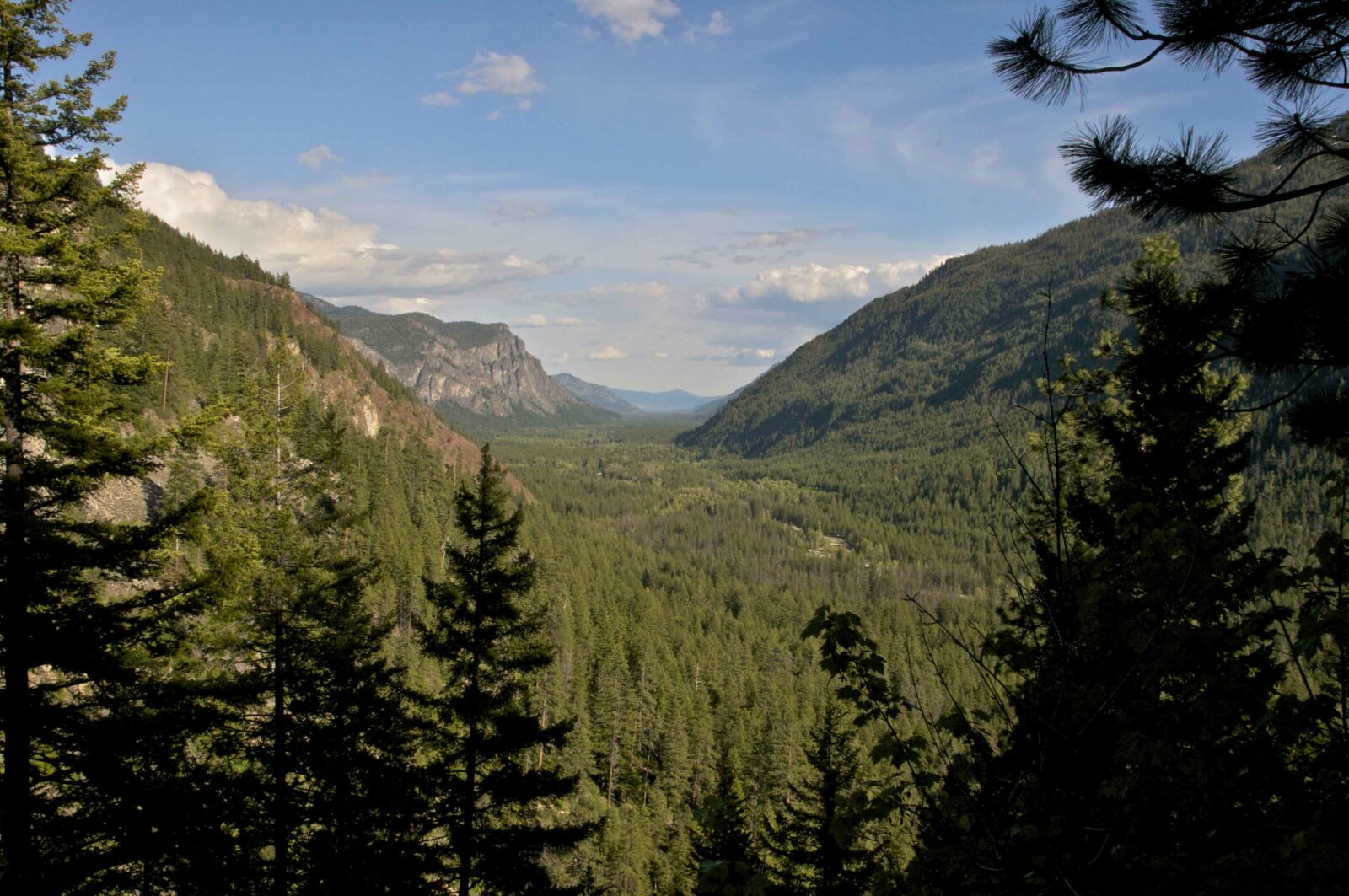
Photo by Natalie Kuehler
View of Methow Valley from Harts Pass Road
The NFF embarks on strategic initiatives we call Treasured Landscapes where we partner with the Forest Service and community partners for five years to restore treasured areas of our nation’s National Forests and Grasslands. Choosing the Methow Valley Ranger District of the Okanogan-Wenatchee National Forest was a clear choice as it is truly one of our country’s amazing locations.
According to the U.S. Fish and Wildlife Service, the Methow River watershed is one of the most intact major drainages in eastern Washington, supporting a unique and diverse assemblage of fish and wildlife species. Nationally, this watershed is one of the few places where the threatened and endangered species of grizzly bears, gray wolves, lynx, bull trout, and salmon all occur. The Methow Valley watershed also provides critical spawning and rearing habitat for endangered and threatened Chinook salmon, steelhead, and bull trout.
In addition, many people come to the Methow Valley because of its natural beauty and access to many hiking trails, including those along the scenic North Cascade Highway. This highway, which traverses through the Cascade Mountains, provides access to high alpine hiking trails like the popular Heather-Maple Pass Loop and Blue Lake trails with stunning views.
Photo by the U.S. Forest Service.
Maple Pass Trail.
Starting in 2013, the NFF worked with the Forest Service and community members from the Methow Valley to outline the projects that we wanted to restore together as part of the newly created “Majestic Methow” Treasured Landscape site. We identified three areas of focus of our work.
Wildlife Habitat Restoration:
Relocating “nuisance” beavers into the upper watershed to generate water storage benefits, create more wildlife habitat and monitor wolverine populations.
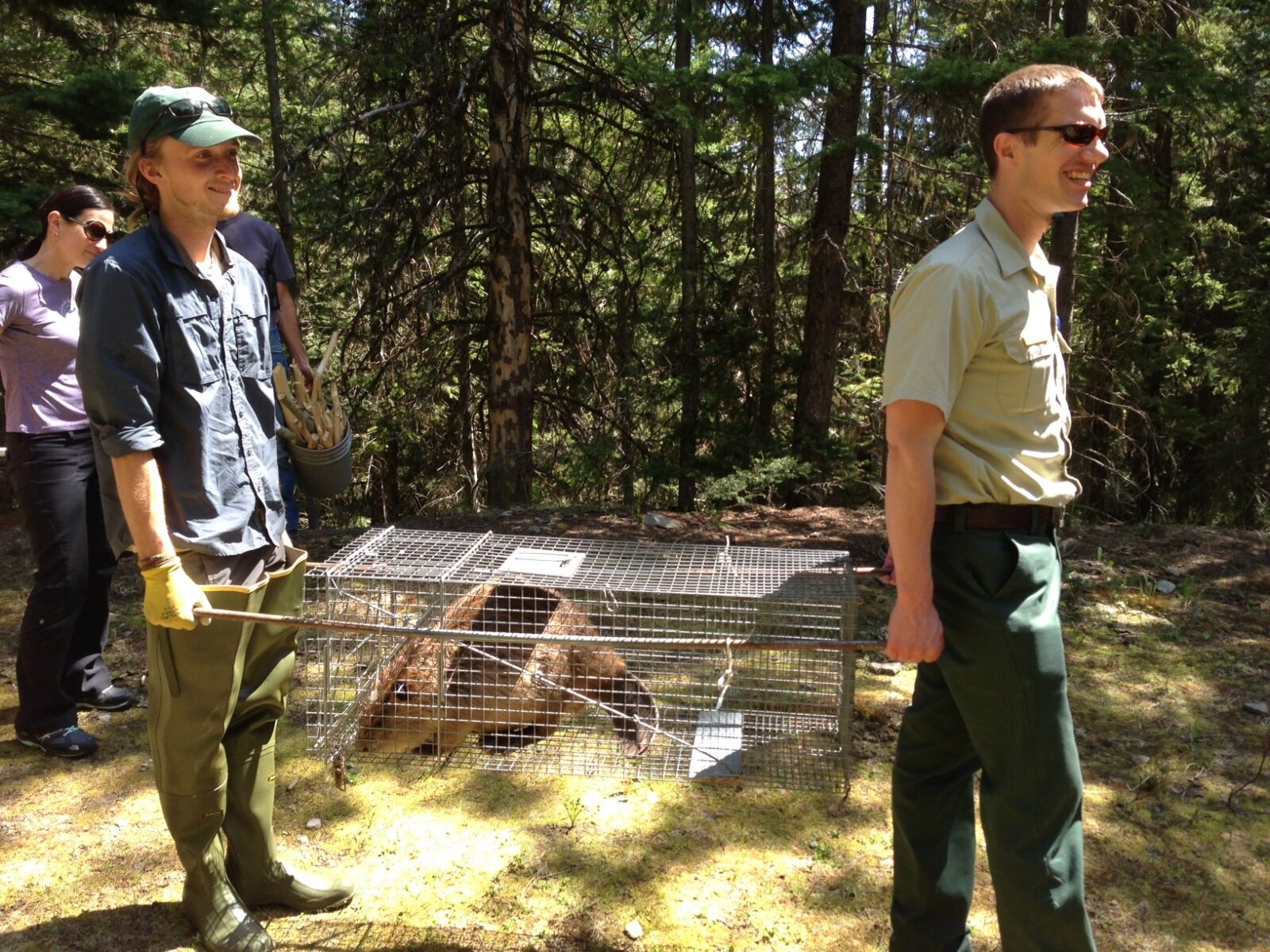
Aquatic Habitat Restoration:
Improve habitat for salmon, steelhead and bull trout by placing large wood in streams, reducing sediment deposition by replacing a pedestrian bridge, replacing a culvert and improving road surfaces.
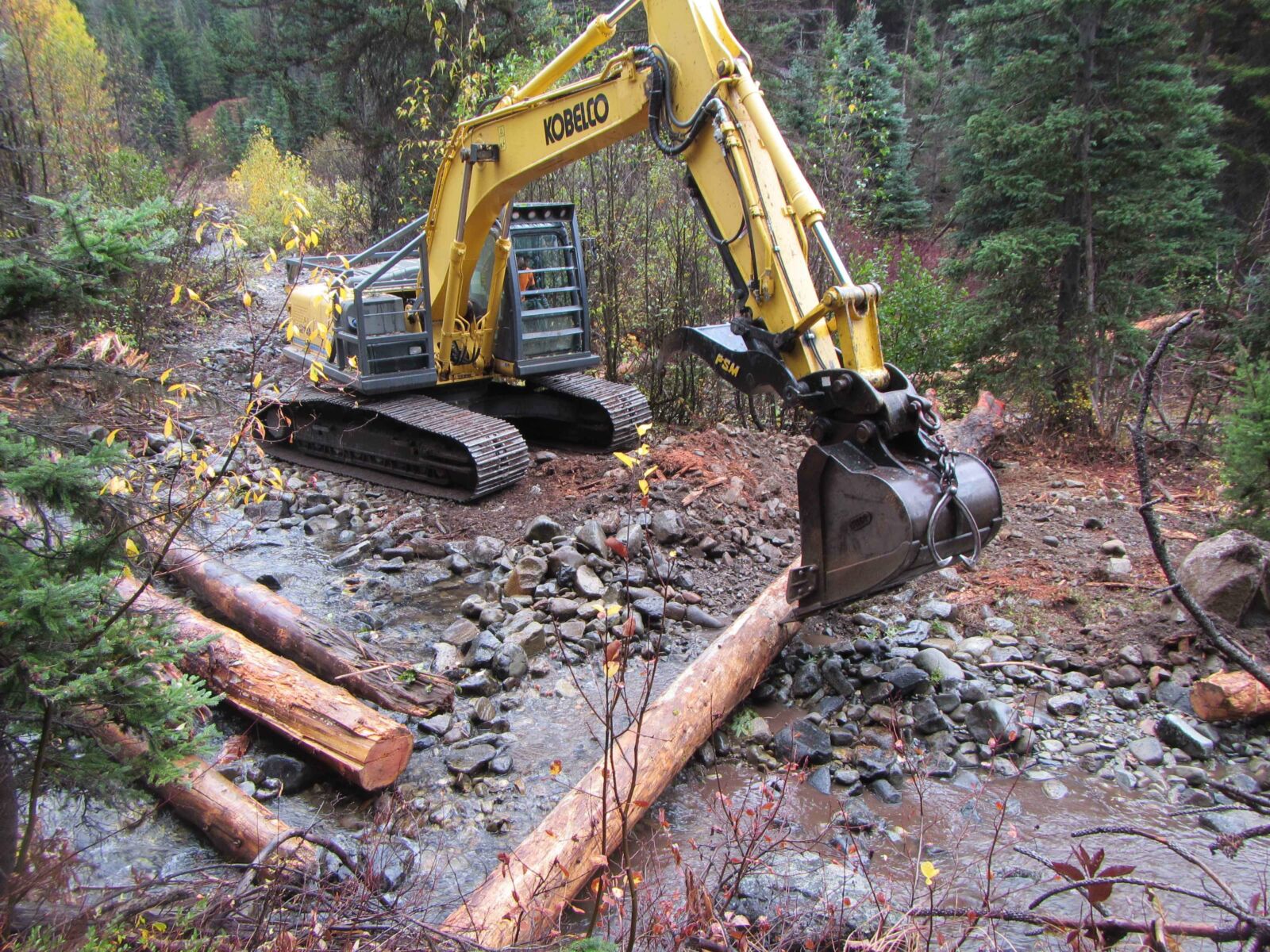
Ecosystem Restoration:
Improve hiking trails in fragile high alpine areas and planting them with native plants, remove invasive species and reduce forest fuels to lessen the impact of fire.
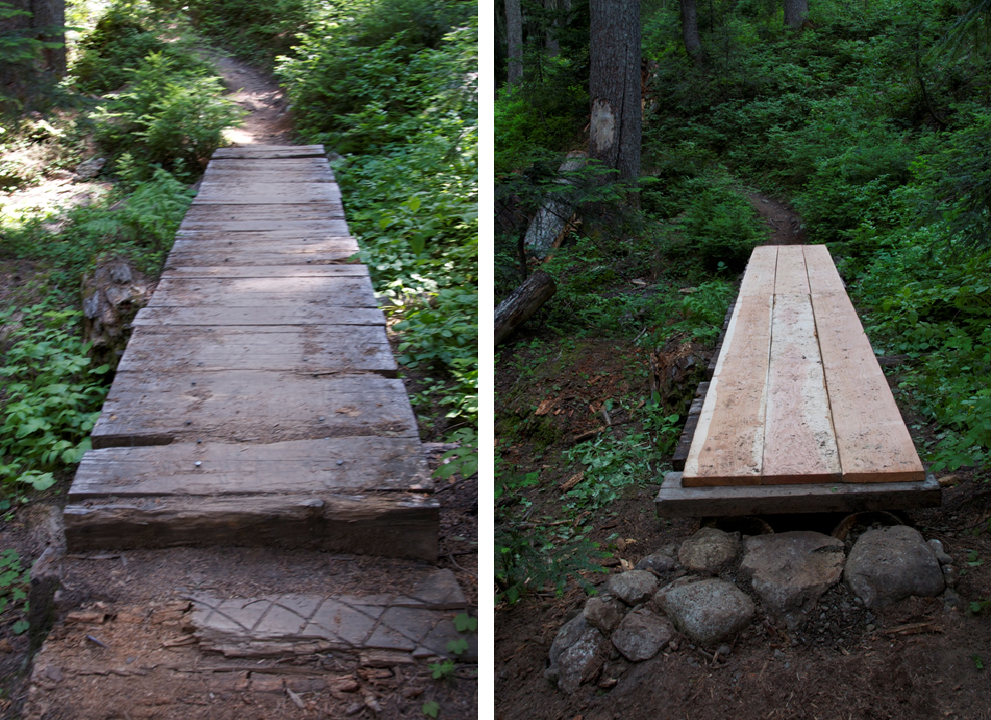
Photo by Natalie Kuehler
Bridge replacement at Rainy and Maple Passes.
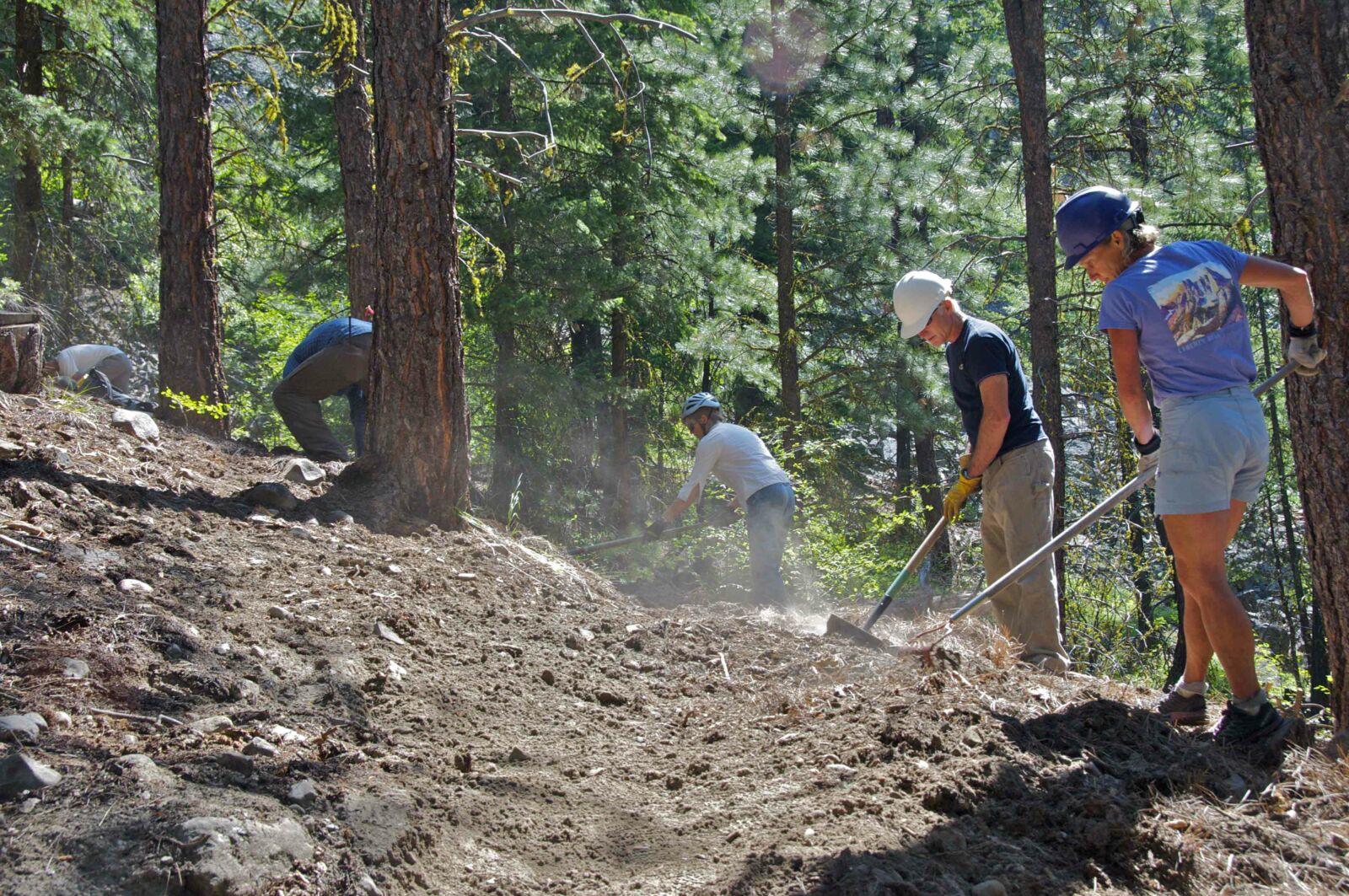
Photo by Natalie Kuehler
After five years of planning, coordination and hard work we are celebrating all of the above accomplishments and are leaving behind the area in a better condition. During the Treasured Landscape work the NFF and Forest Service funded more than $2.1 million to pay for restoration projects.
While working to complete these projects we engaged college age youth and adults volunteers to steward these areas now and into the future. Our National Forests need all Americans to be engaged in helping take care of our public lands and through our work in the Majestic Methow we have created the inspiration in many to take up that charge.

